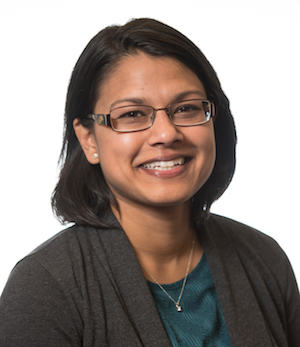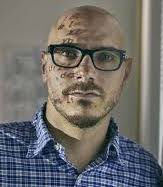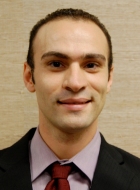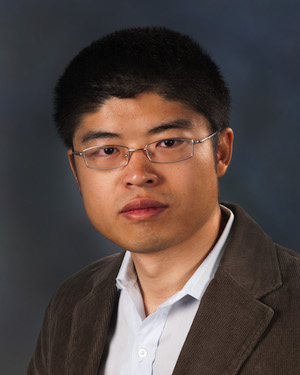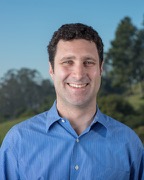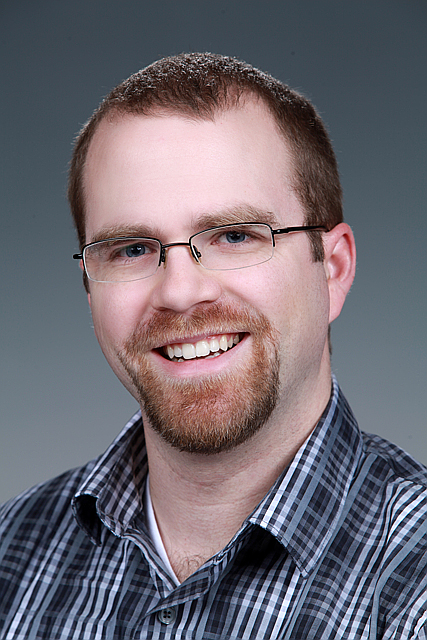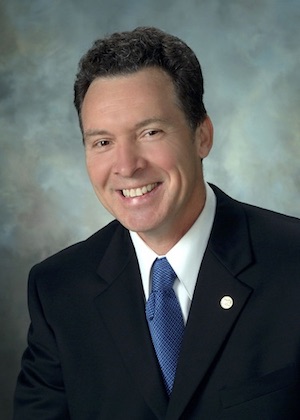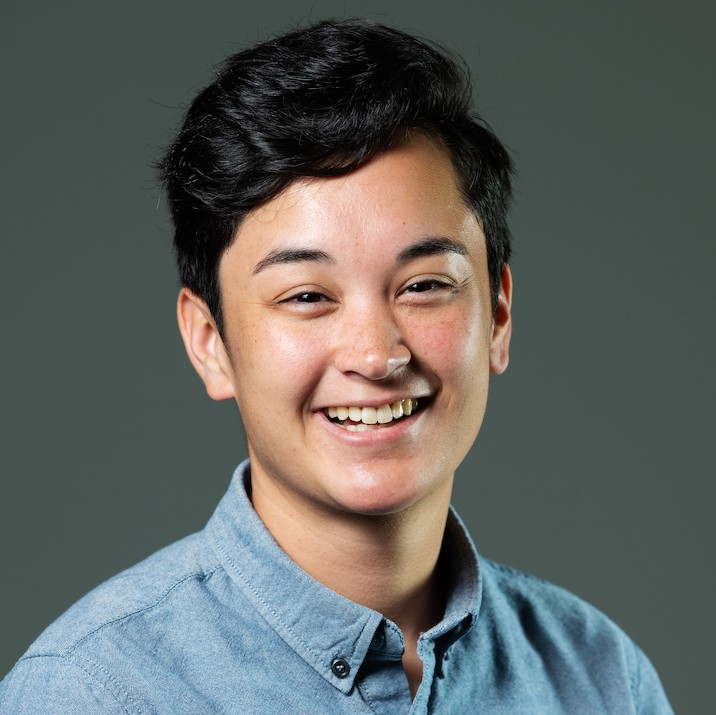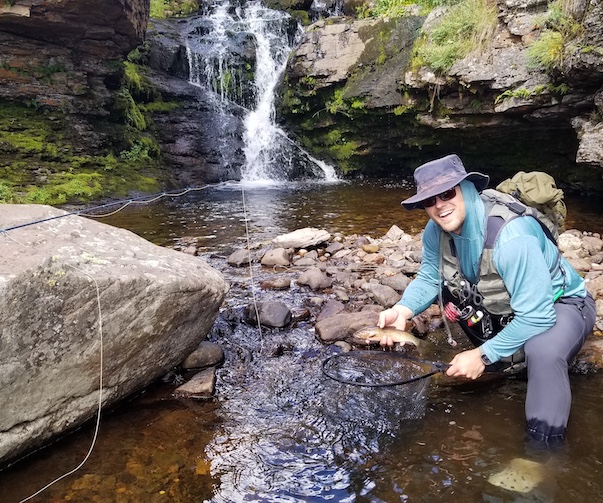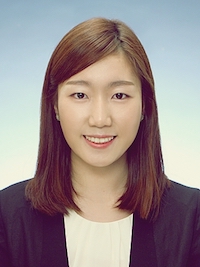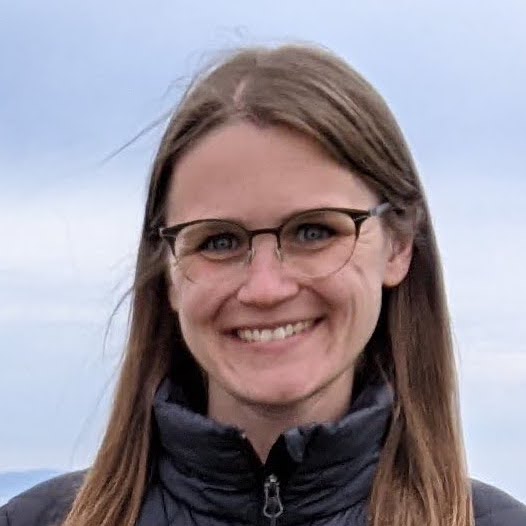FUTURE Scientists
CONTACT US
- Director
- Blas Uberuaga
- LANL
- (505) 667-9105
- Deputy Director
- Peter Hosemann
- UC Berkeley
- (510) 717-5752
Blas Pedro Uberuaga (LANL), Director (and Thrust 2 Lead) |
|
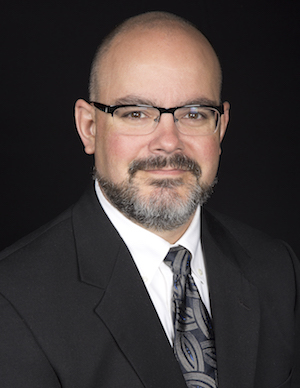 |
Blas Uberuaga, a graduate of the University of Washington, examines radiation damage in complex oxides and nanostructured materials using computer simulations at the atomic scale, with a particular focus on understanding how defect evolution impacts radiation tolerance in such systems. He is also performing research into materials discovery for scintillators. He has published over 300 papers that have been cited more than 30,000 times. In addition to being the Director of FUTURE, he is simulating the kinetic properties of defects relevant to coupled irradiation and corrosion behavior in materials. In his spare time, he maintains an award-winning website on the culture of the Basque people in northern Spain and southern France and enjoys the occasional woodworking project, writing stories, and drawing. |
Peter Hosemann (UCB), Deputy Director (and Thrust 2 Lead) |
|
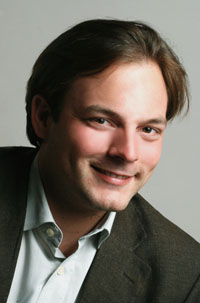 |
Peter Hosemann, a graduate from the Montanuniversität Leoben in Austria, investigates the fundamentals of mechanical and environmental degradation mechanisms of materials in radiation environments. He has published more than 140 papers cited 1400 times. In addition of being the Deputy Director of FUTURE, he is chair of the Nuclear Engineering Department at UC Berkeley. In his spare time he leads the UC Berkeley Blacksmithing effort, is engaged in the solar car racing team CALSOL and is in the leadership of the Austrian Scientists and Scholars in North America, Bay Area chapter. |
Mark Asta (UCB), Thrust 1 Lead |
|
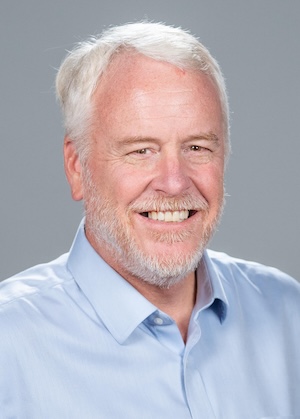 |
Mark Asta, a graduate of the University of California, Berkeley, uses electronic-structure and atomic-scale-simulation methods to study the chemical, structural and dynamic properties of materials interfaces. He has published over 350 papers that have been cited nearly 35,000 times. In addition to being the modeling co-thrust lead of FUTURE, he is involved in the development of high-throughput calculations and data science approaches in the context of computationally aided materials design. In his spare time, he enjoys cycling on the roads of rural Northern California. |
Sandra Taylor (PNNL), Thrust 1 Lead |
|
|
|
Sandra Taylor, a graduate of the University of Michigan, is an experimentalist studying the reactivity of solids at their interfaces with aqueous solutions to understand molecular-level processes controlling crystal growth, dissolution, and ion sorption onto surfaces. As part of the FUTURE project, she is characterizing and quantifying corrosion- and irradiation-induced chemical changes in materials using 3D atom probe tomography to describe the relevant fundamental mass transport phenomena. In her spare time, she enjoys cooking and traveling. |
Farida Selim (BGSU), Thrust 2 Lead |
|
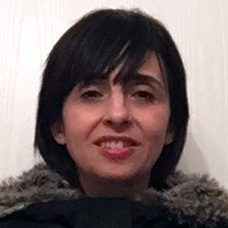 |
Farida Selim is an expert on defects and solid state physics. She obtained her PhD in a joint program between Harvard and Alexandria University and published more than 100 peer review journal articles. She is known for inventing a new positron annihilation spectroscopy technique (Gamma Induced Positron Spectroscopy). In addition to her research on positron annihilation and defect studies, she has active research programs on wide band gap oxides to explore novel electronic phenomena as well as building new instrumentation for defect and luminescence studies. Her outreach activities span from providing research internships for high school students and undergraduates to serving on many international advisory committees. |
Tiffany Kaspar (PNNL), Thrust 3 Lead |
|
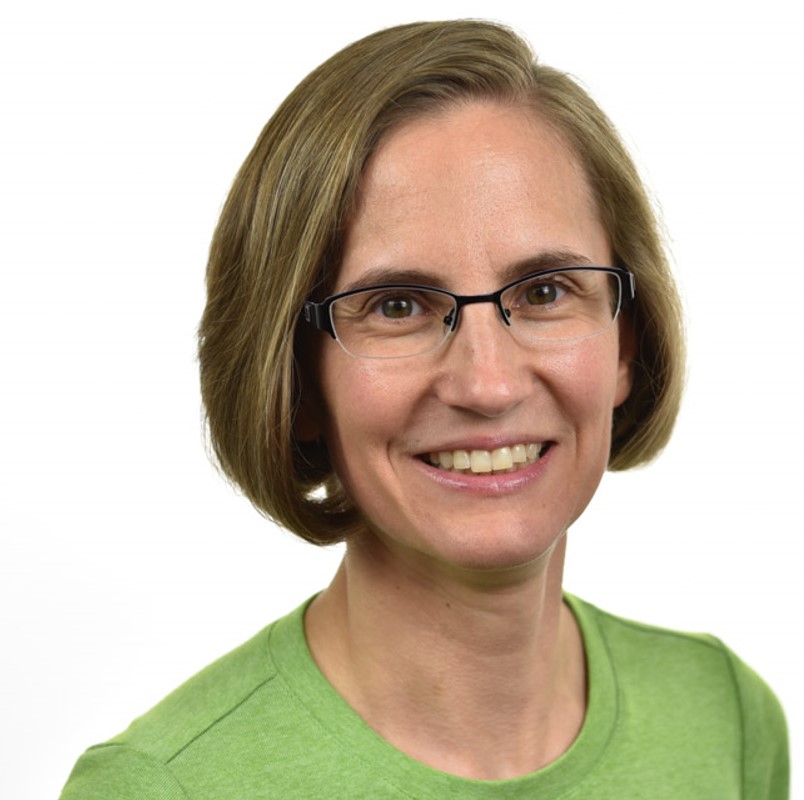 |
Tiffany Kaspar is a Senior Research Scientist at Pacific Northwest National Laboratory. Her research interests encompass the epitaxial growth (via molecular beam epitaxy or pulsed laser deposition) of metallic and metal oxide films to develop structure-property relationships such as dopant interactions, magnetic and electronic properties, and point and structural defects. For FUTURE, she applies her expertise to synthesize model films and multilayers that provide a well-defined platform to understand fundamental radiation and corrosion phenomena. She also participates in many STEM outreach activities, including STEM Ambassadors at PNNL. In her free time, she enjoys camping and hiking in the Pacific Northwest with her family. |
Aaron Kohnert (LANL), Thrust 3 Lead |
|
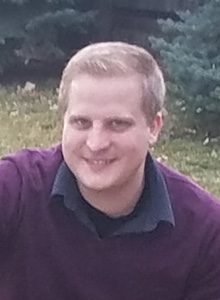 |
Aaron Kohnert is a graduate of the University of California, Berkeley. Aaron studies radiation damage effects in materials by applying mesoscale models of microstructural changes induced by extreme environment exposure. For the FUTURE project, he is developing a theoretical framework connecting point defect transport in irradiation environments to a linear elasticity approach to determine internal stress and strain states, allowing predictive models of mass transport near complex interfaces and boundaries under both thermal and irradiation conditions. In his spare time, he enjoys hiking. |
Matthew (Matt) Chancey (LANL) |
|
|
|
Matt Chancey is a Sorcerer working in the Ion Beam Materials Laboratory (IBML) under Yongqiang Wang. He is the main operator and maintainer of the 3 MV Tandem accelerator. He is experienced in the fields of ion beam damage studies, materials modification, and analysis. For FUTURE, Matt is part of the team developing and testing the in-situ positron annihilation spectroscopy(iPAS) capability. He is also involved with the varied irradiation and corrosion experiment(ICE)s and most other FUTURE related irradiations performed in the IBML. In his free time, he is an avid fly fisherman and tier, he enjoys skiing, and he generally loves most things outdoors—since he spends most of his working hours under-ground. |
Ben Derby (LANL) |
|
|
|
Ben Derby is a graduate of The University of Michigan. While there, he studied bicontinuous interfaces in immiscible thin film alloys for enhanced strength and radiation tolerance through the use of physical vapor deposition (PVD), scanning electron microscopy (SEM), scanning/transmission electron microscopy (S/TEM), focused ion beam (FIB) techniques, and ion implantation. Under thrust-1 of FUTURE, he is contributing to the synthesis of model system thin films and in situ characterization of defects in irradiated and corroded structural alloys. In his spare time, he enjoys flying airplanes, woodworking, motorcycling, and spending time with his best friends, Sydney and Gus. |
Hyosim Kim (LANL) |
|
|
|
Dr. Hyosim Kim is a graduate of the Texas A&M University’s nuclear engineering department. She has been studying radiation damage in various materials especially nuclear materials such as ODS alloys by using ion accelerator, nanoindenter and electron microscopies such as scanning electron microscope (SEM), transmission electron microscope (TEM), atom probe tomography (APT), and focused ion beam (FIB). She is experienced in operating and maintaining tandem ion accelerator for radiation damage studies and ion beam analysis; in using electron microscopies for damage and defects characterization; and in operating FIB to fabricate TEM lamellas, APT needles and micro pillars. For the FUTURE project, she is developing an in-situ positron annihilation lifetime spectroscopy (PALS) system on 3 MV NEC tandem accelerator and is also assisting with irradiation and corrosion experiments in liquids. She enjoys painting and playing guitar in her spare time. |
Elizabeth Peterson (LANL) |
|
|
|
Elizabeth Peterson, a graduate from the University of California, Berkeley, uses ab initio electronic structure methods for simulations of functional materials. Her research focuses on modeling the effects of point defects and interfaces on the structural, electronic and magnetic properties of materials, ranging from quantum materials to materials for applied energy applications. For FUTURE she is conducting research on how point defects affect the structural and electronic properties of oxide-oxide interfaces. In her free time she enjoys long distance trail running in the mountains of Northern New Mexico.
|
Elena Romanovskaia |
|
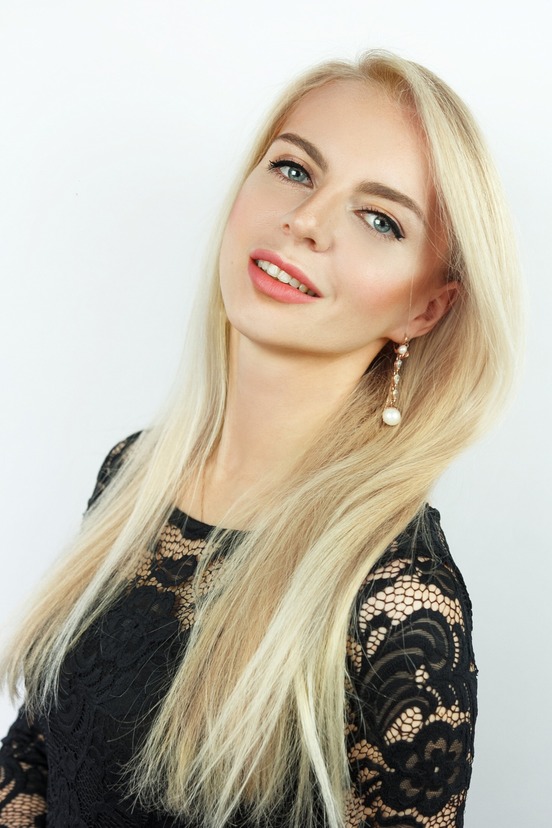 |
Dr. Elena Romanovskaia is a postdoctoral researcher in materials science and engineering at the University of Virginia, working on Thrust 3 of the FUTURE project. She is a graduate of Belarusian State Technological University (BSTU), Minsk, Belarus. She defended her PhD thesis in Physical Chemistry at State Scientific Institution “Institute of General and Inorganic Chemistry of National Academy of Sciences of Belarus” (IGIC NAS of Belarus). For the FUTURE project, Elena is utilizing advanced electrochemical methods to investigate the corrosion mechanism and survivability of passivated and irradiated nuclear reactor alloys in extreme environments. She is investigating the effect of room temperature ionic liquids and the molten salts on the thermally formed oxide layer by using electrochemical techniques and surface characterization (XRS, Raman, XRD). She loves traveling, singing, learning languages watching and doing sport. |

